In 2015, researchers studying the mysterious Oak Island, situated on the south shore of Nova Scotia, Canada, had made a remarkable announcement regarding the finding of a Roman ceremonial sword and a probable Roman shipwreck, suggesting that ancient sailors visited North America more than a millennium before Columbus did.
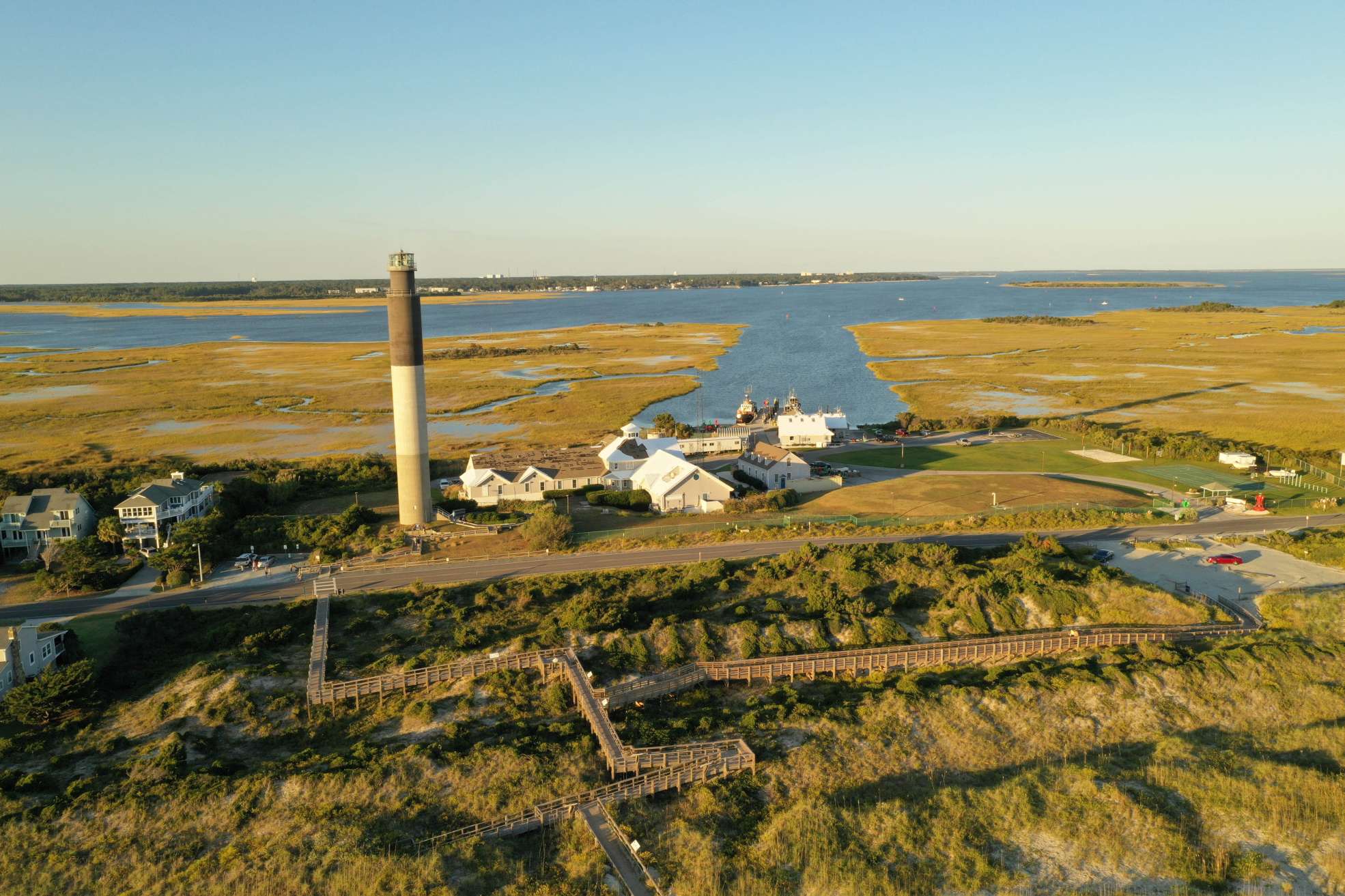
Researchers involved in the History Channel series Curse of Oak Island made a startling discovery about Oak Island, as exclusively revealed to Johnston Press and published in The Boston Standard. To say, this fascinating discovery has the potential to rewrite the history of the Americas.
J. Hutton Pulitzer, a chief researcher and historic examiner, worked in tandem with scholars from the Ancient Artifact Preservation Society to create a paper on the discoveries. This paper was made available to the public in 2016.
The mystery of Oak Island – a perplexing enigma surrounds the isle
The mysterious treasure hunt of Oak Island began in 1795, when 18-year-old Daniel McGinnis saw strange lights coming from the island. Intrigued, he went to explore the area and noticed a circular depression in a clearing on the southeastern side of the island. Nearby, a tackle block was dangling from a tree.
With several of his friends, McGinnis started digging in the depression and found a layer of flagstones a few feet beneath the surface. In addition, he discovered that the pit walls were marked with a pick. As they continued to dig down at intervals of ten feet (3 meters), they encountered more layers of logs. Despite all the effort, McGinnis and his friends gave up the excavation without finding anything of value.
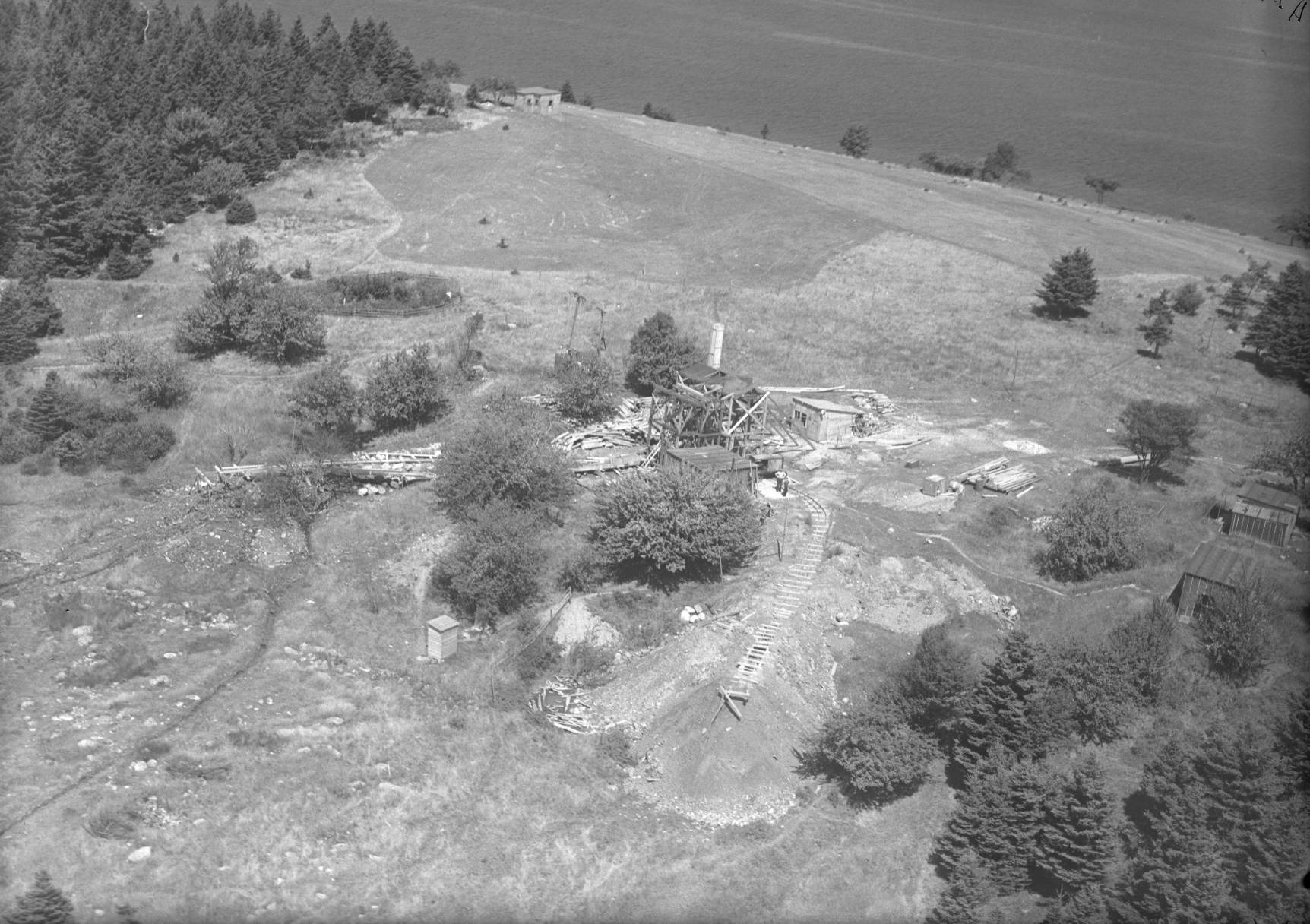
Several books documented the boys’ expedition and 8 years later, the Onslow Company went to the same location in the hope of finding the supposed fortune which was thought to be buried at the bottom of the pit. The Money Pit had been named accordingly due to the stories written by the boys and the Onslow Company began to dig but were eventually forced to discontinue their attempts due to flooding.
For a period of two centuries, different explorations of the pit have been undertaken. However, these searches have been hampered by issues such as cave-ins and water accumulating in the pit. The whole island has been explored for potential treasure, a task which continues to this day through many enthusiasts.
Unexpected find – an enigmatic Roman sword
Despite the fact that a lot of people looking for treasure have been unsuccessful, an astonishing and potentially game-changing discovery had been made in 2015. A shipwreck, assumed to be Roman, was detected near Oak Island, and among the wreckage a remarkably preserved Roman ceremonial sword was retrieved.
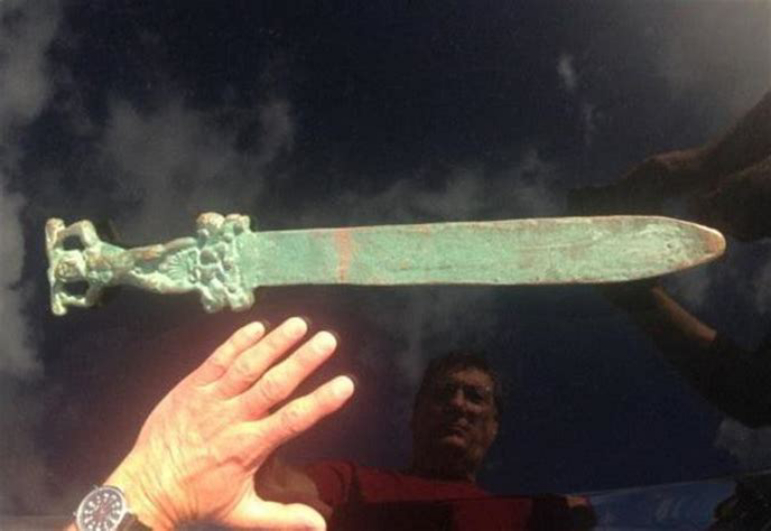
In an interview for the Boston Standard, Pulitzer divulged that a sword was lifted from the sea onto a fishing vessel many years ago; however, the discoverer and his son were hesitant to share the news because of the stringent rules in Nova Scotia concerning the salvaging of items from shipwrecks.
Nonetheless, the family of the person who discovered the sword, who has since passed away, recently presented the rare weapon to scientists.
Pulitzer conducted experiments on the sword using an XRF analyzer and the results showed that the sword had the same metallic components, along with arsenic and lead, that were also found in other Roman artifacts.
However, mainstream historians usually say such finds are inaccurate as artifacts such as this can be dropped by collectors in modern times.
Proof of a Roman presence
Evidence to back up the belief that the Romans had settled in certain areas is plentiful. To refute any doubt that the relic had been lost from a vessel in more contemporary times, Pulitzer and his squad conducted an excavation and found a wealth of data demonstrating that the Romans had arrived in the Americas more than 1,000 years before Christopher Columbus. Such proof included:
- Carvings of Mi’kmaq people on walls and boulders in Nova Scotia, which Pulitzer’s team believes to be Roman soldiers, ships, and other items.
- Mi’kmaq people have a distinct DNA marker that traces back to the eastern Mediterranean.
- Fifty words in the Mi’kmaq language that resemble nautical terms used by mariners in Roman times.
- A plant species (Berberis Vulgaris) growing in Oak Island and Halifax, which was used by Romans to spice their food and fight off scurvy.
- A whistle from a Roman legionnaire found on Oak Island in 1901.
- A metal ‘boss’ from a Roman shield discovered in Nova Scotia in the mid-1800s.
- Gold Carthage coins from Roman times found near Oak Island on the mainland.
- Two carved stones on Oak Island that appear to be from the ancient Levant.
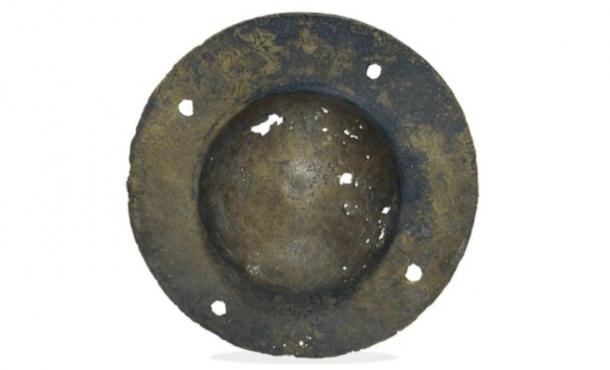
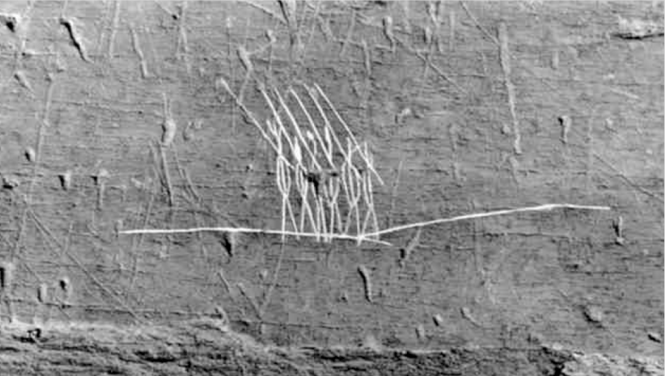
Pulitzer remarked to the Boston Standard that the combination of strange occurrences, such as plants, DNA, artifacts, language, and ancient drawings, should not be ignored as mere coincidence.
Carl Johannessen, who used to be associated with the University of Oregon and is engaged in the study, has also commented that the data obtained disputes the widely accepted notion that the New World was discovered in 1492.
It has long been proposed that other historical societies made it to the New World earlier than Columbus, comprising the Vikings, Chinese, and Greeks. However, this is the initial set of convincing evidence that Roman seafarers may have reached North America more than a thousand years ago.




